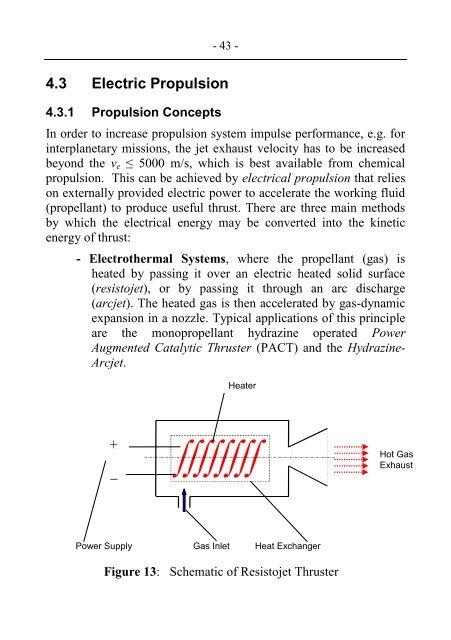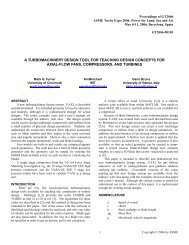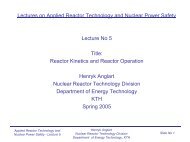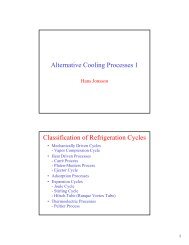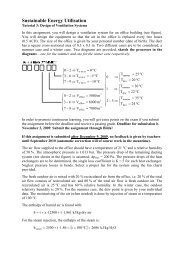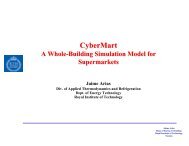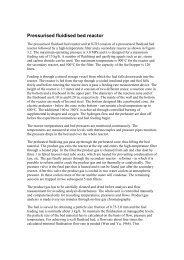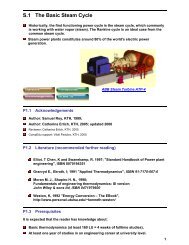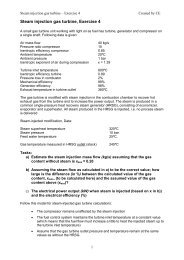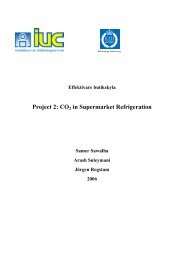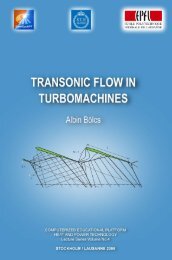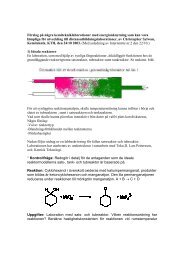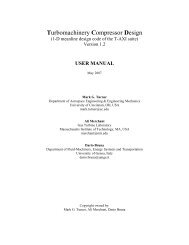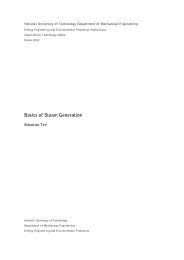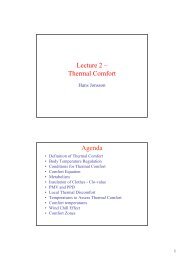SPACECRAFT PROPULSION - KTH
SPACECRAFT PROPULSION - KTH
SPACECRAFT PROPULSION - KTH
- No tags were found...
You also want an ePaper? Increase the reach of your titles
YUMPU automatically turns print PDFs into web optimized ePapers that Google loves.
- 43 -4.3 Electric Propulsion4.3.1 Propulsion ConceptsIn order to increase propulsion system impulse performance, e.g. forinterplanetary missions, the jet exhaust velocity has to be increasedbeyond the v e ≤ 5000 m/s, which is best available from chemicalpropulsion. This can be achieved by electrical propulsion that relieson externally provided electric power to accelerate the working fluid(propellant) to produce useful thrust. There are three main methodsby which the electrical energy may be converted into the kineticenergy of thrust:- Electrothermal Systems, where the propellant (gas) isheated by passing it over an electric heated solid surface(resistojet), or by passing it through an arc discharge(arcjet). The heated gas is then accelerated by gas-dynamicexpansion in a nozzle. Typical applications of this principleare the monopropellant hydrazine operated PowerAugmented Catalytic Thruster (PACT) and the Hydrazine-Arcjet.Heater+_Hot GasExhaustPower Supply Gas Inlet Heat ExchangerFigure 13: Schematic of Resistojet Thruster


